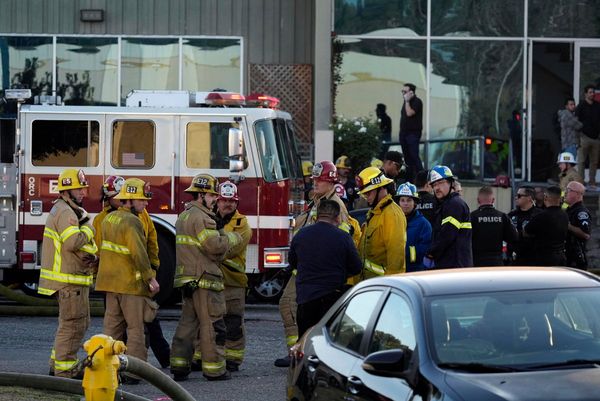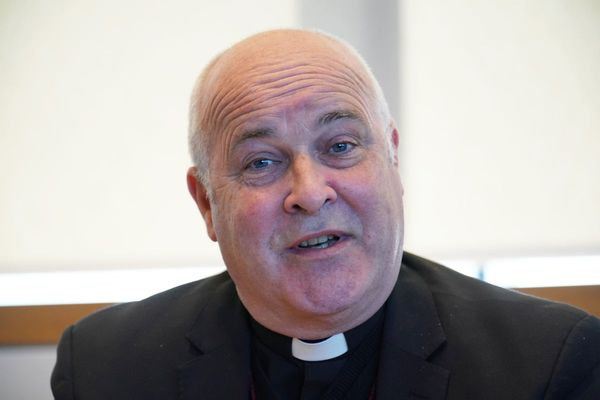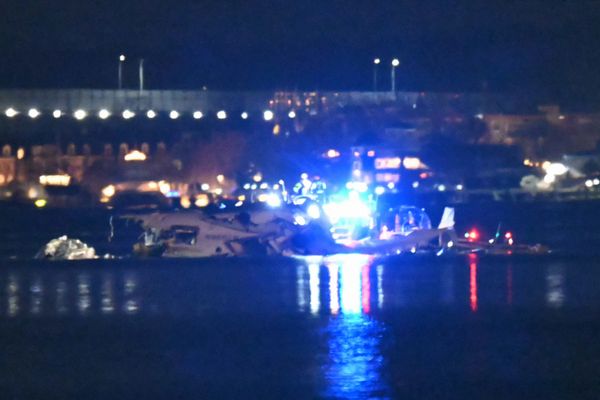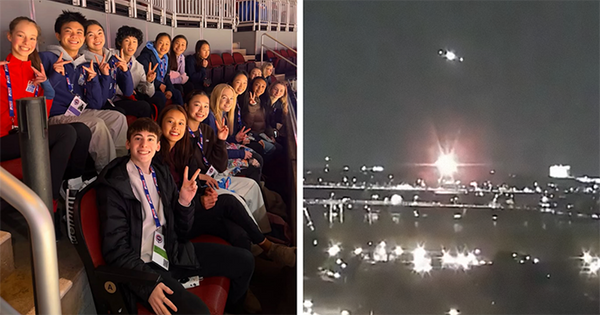
Australia’s traditional media this week turned its usually steadfast gaze away from Canberra politics to its other favourite place: a community in grief. In this case, it was the small town of Singleton, in NSW’s Hunter Valley, where a bus returning guests from a wedding crashed, resulting in the deaths of 10 people.
The coverage hasn’t been particularly egregiously bad. Worse, so much of it has just been typically, formulaically bad.
The town aswarm with photographers. Locals, from the mayor to people passing in the street, urged to mourn in public. Facebook pages of the dead ransacked for photos from happier times. A villain identified, ready to be strung up in the stocks.
There’s a comforting myth that journalists tell each other: in these deeply personal tragedies, the practices of the media create a space for public grieving that, by amplifying the story, hurry on an easing of pain, helping a community come to terms with the tragedy.
It is, of course, utter bullshit. The media pack almost always makes things much, much worse, as the UK campaign group Hacked Off has highlighted in a video on the impact of media intrusion on otherwise private, grieving families.
The media knows the public hates it, even as the clickbait of its presentation lures in the audience. After each event, there’ll be newsroom discussions and debates, a recognition of overreach and promises to do better. The next time? Rinse. Repeat.
On top of the tension between media and audience, there’s an inherent conflict between individual journalists around the world who hate the “death knock” culture, and media management who love the clicks it brings. Over decades, the industry has been trying to square those two circles with codes of ethics and practice.
The Australian Press Council’s general principles urge journalists to “avoid intruding on … reasonable expectations of privacy” and “avoid causing or contributing materially to … distress” — unless, of course, either were “sufficiently in the public interest”.
Free-to-air TV’s code of practice is more touchy-feely: “exercise sensitivity” and “have regard to the feelings of relatives and viewers”. The MEAA code of ethics is more direct: “Respect private grief and personal privacy. Journalists have the right to resist compulsion to intrude.” (Disclosure: I was involved in drafting the MEAA code.)
In the United Kingdom, where the death knock culture led inexorably to the hacking scandal, industry thinking has gone further, with the press regulator IMPRESS requiring media to “take all reasonable steps not to exacerbate grief or distress through intrusive newsgathering or reporting”.
But the problem is not poor ethics by individual journalists. Most of them are doing the best they can. It’s bad news judgment by the industry as a whole. Reporting car deaths through the pain of survivors or the grief of families and friends is precisely the wrong way to go about it. Instead of explaining, offering context, it flattens us all into passive spectators.
We need to go back to the beginning and ask: what’s the news our audiences need? How do we deliver that news with a context that illuminates?
The problem with how we cover the violence of traffic deaths is almost the exact reverse of the problem with how we cover crime. Australian media report almost every incidence of violent crime as though it were a regular and likely occurrence (with the caveat that domestic violence remains under-reported). This creates a sense that violent crime is a greater practical threat than, in fact, it is.
We cover traffic deaths, by contrast, sporadically, with an “if it bleeds, it leads” judgment: how many dead and what’s their connection? (Families are inherently more “newsworthy” than a couple of workers.) Is there a dissonance inherent to a tragedy such as deaths on holidays, or, as in this case, after a wedding? And, of course, what are the pictures like?
This focus on the rare event understates just how common traffic deaths are — why driving is the single most dangerous thing most of us do. In the 12 months to March 31, traffic deaths in Australia totalled 1204, up on pre-COVID and above safety targets. Most of the dead don’t meet the media’s newsworthy bar: they are drivers on their own or, in a rising toll, pedestrians.
Maybe the Hunter Valley crash is an opportunity for a reset, to rethink how we can better report on the social challenge of traffic deaths to bring more nuance, helping society respond in turn.
Deep reporting on tragedies like the Hunter Valley bus crash will be a critical part of the shift. So, too, should a reporting on the context of the other 1200+ deaths and what, maybe, we can do to prevent them.







